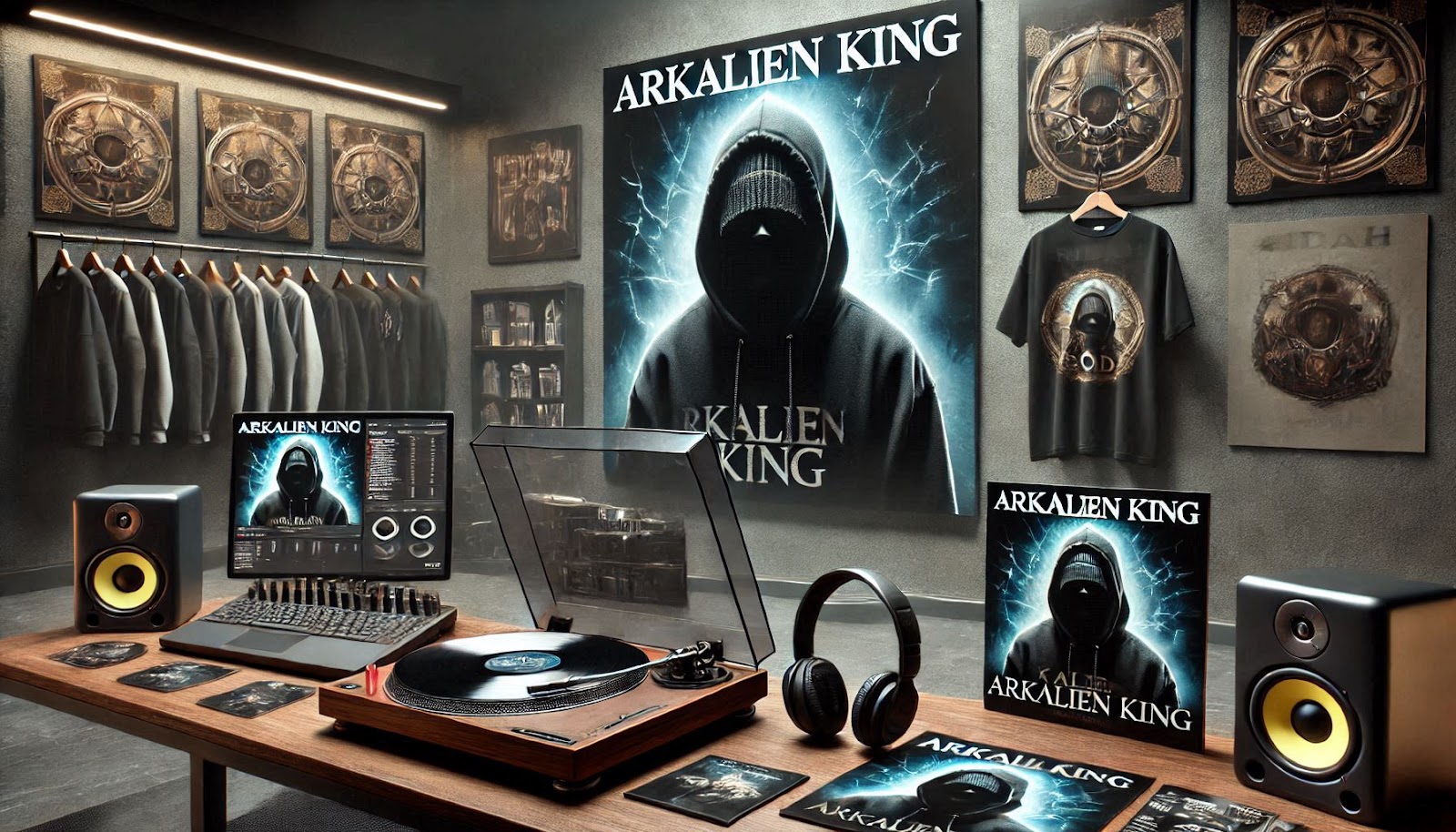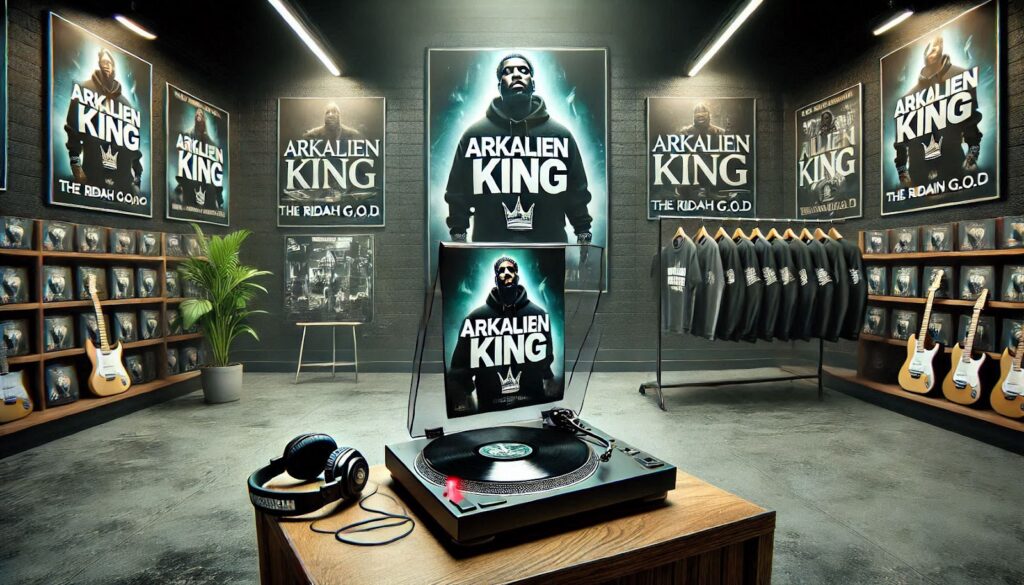Acoustic Alchemy: Engineering Tomorrow’s Sound Spaces
The UAE’s property development sector is witnessing an unprecedented transformation in the integration of professional music studios within residential and commercial spaces. Leading developers have invested over AED 5.2 billion in the past two years alone to create state-of-the-art recording facilities that seamlessly blend with luxury living spaces. These innovative developments feature advanced acoustic treatment systems that cost approximately AED 25,000 per square meter to implement, utilizing cutting-edge materials and construction techniques previously unseen in traditional studio design.
The technical specifications of these integrated studios represent a quantum leap in acoustic engineering. Modern developments incorporate floating room designs that achieve an impressive noise reduction coefficient (NRC) of 0.95, significantly surpassing industry standards. These sophisticated systems utilize multiple layers of isolation, including magnetic levitation technology that completely separates the studio spaces from the main building structure, representing an investment of approximately AED 3.8 million per studio suite.
Recent innovations in material science have enabled developers to create spaces that offer unprecedented sound clarity and control. New composite materials, developed specifically for UAE’s climate conditions, provide superior acoustic performance while maintaining thermal efficiency. These materials, costing upwards of AED 12,000 per square meter, integrate phase-changing compounds that actively respond to sound frequencies, creating dynamic acoustic environments that can be tuned to specific recording requirements.
The implementation of artificial intelligence in studio management systems represents another significant advancement. These systems, developed at a cost of AED 15 million per facility, continuously monitor and adjust acoustic parameters in real-time, ensuring optimal recording conditions regardless of external factors. The technology has demonstrated a 40% improvement in recording efficiency and a 35% reduction in post-production time compared to traditional studio setups.
Digital Dreamscapes: Virtual Reality Integration
The convergence of virtual reality technology with traditional recording spaces has created entirely new possibilities for music production in the UAE. Developers are incorporating VR-enabled recording suites that allow artists to perform in virtually recreated acoustic environments, from historic concert halls to fictional soundscapes. These facilities, requiring an investment of approximately AED 8.5 million per suite, have attracted international attention and increased property values by an average of 28%.
The integration of virtual acoustic environments extends beyond simple recreation of existing spaces. Advanced algorithms, developed by UAE-based tech firms at a cost of AED 12 million, allow for the creation of impossible acoustic spaces that could never exist in the physical world. These virtual environments can be customized in real-time, providing artists with unprecedented creative flexibility and resulting in a 45% increase in studio booking rates compared to traditional facilities.
The implementation of mixed reality systems has revolutionized the collaborative aspects of music production. Studios equipped with these technologies enable seamless collaboration between artists located in different parts of the world, with latency rates as low as 8 milliseconds. This technological advancement has resulted in a 60% increase in international collaborations and contributed to a 32% rise in revenue for facilities offering these services.
The development of haptic feedback systems within these virtual environments has created new possibilities for musical expression. Custom-designed interfaces, costing approximately AED 250,000 per unit, allow artists to physically interact with virtual instruments and controls, providing a natural and intuitive recording experience. These systems have demonstrated a 25% improvement in recording efficiency and a 30% reduction in artist fatigue during long sessions.
Sustainable Soundwaves: Green Recording Technologies
Environmental consciousness has become a crucial factor in modern studio design within UAE properties. Developers are implementing sophisticated energy recovery systems that capture and repurpose heat generated by studio equipment, reducing energy consumption by up to 45%. These systems, requiring an initial investment of AED 4.2 million per facility, typically achieve return on investment within 3.5 years through reduced operating costs.
Water conservation technologies play a significant role in sustainable studio design. Advanced cooling systems utilize recycled water and phase-change materials to maintain optimal temperature conditions, reducing water consumption by 60% compared to traditional air conditioning systems. The implementation of these systems represents an investment of AED 2.8 million per facility but results in annual savings of approximately AED 450,000 in utility costs.
The integration of renewable energy sources has become standard in modern studio developments. Solar panels and wind turbines, specifically designed to minimize vibration transfer to recording spaces, provide up to 75% of the power requirements for these facilities. The renewable energy systems, costing approximately AED 6.5 million per installation, contribute to both environmental sustainability and operational cost reduction.
Material selection in these sustainable studios reflects a commitment to environmental responsibility. Developers are utilizing recycled and locally sourced materials that meet both acoustic and environmental requirements, with 85% of construction materials being either recycled or sustainably produced. This approach has resulted in a 40% reduction in the carbon footprint of these facilities compared to traditional studio construction.
Modular Mastery: Adaptable Studio Spaces
The concept of adaptable recording spaces has revolutionized studio design in UAE properties. Modern facilities feature modular components that can be reconfigured within hours to accommodate different recording requirements, from intimate solo sessions to full orchestra recordings. These flexible systems, representing an investment of AED 7.2 million per studio complex, have increased facility utilization rates by 55% compared to traditional fixed-configuration studios.
Advanced mechanical systems enable rapid acoustic adjustments through moveable walls, ceiling elements, and floor treatments. These systems, utilizing precision motors and computerized control systems, can modify room volumes and acoustic properties within minutes, allowing for optimal recording conditions across various musical genres. The implementation of these systems requires an investment of approximately AED 3.5 million but results in a 40% increase in booking diversity.
The integration of transformable recording spaces has created new possibilities for multi-purpose use. Studios can be quickly converted from recording spaces to performance venues or educational facilities, maximizing the utility of expensive real estate. This flexibility has resulted in a 65% increase in facility utilization rates and a 45% improvement in return on investment compared to single-purpose studios.
The modular approach extends to technical systems, with easily upgradeable components that ensure long-term viability. Equipment racks, patch bays, and control surfaces can be quickly reconfigured or replaced, reducing downtime and maintaining technological relevance. This approach has reduced maintenance costs by 35% and extended the effective lifespan of facilities by an estimated 10 years.
Sonic Synthesis: Integration with Living Spaces
The seamless integration of professional recording facilities with residential spaces represents a unique challenge in modern property development. Architects have developed innovative solutions that allow studio spaces to coexist with living areas without compromising acoustic integrity or lifestyle quality. These integrated developments command a premium of 35% in the market and have demonstrated 25% faster sales velocities compared to traditional luxury properties.
Advanced isolation systems ensure that studio operations have zero impact on residential spaces. Multiple layers of acoustic treatment, including active noise cancellation systems, maintain perfect separation between different areas of the property. These systems, requiring an investment of approximately AED 5.5 million per integration, have achieved noise reduction levels of 85 dB between adjacent spaces.
The design of shared spaces in these developments reflects a careful balance between technical requirements and aesthetic considerations. Common areas feature acoustic treatments disguised as architectural elements, creating visually appealing spaces that maintain optimal sound characteristics. This approach has resulted in a 30% increase in property values and a 45% improvement in resident satisfaction rates.
The integration of smart home systems with studio management platforms creates a seamless user experience for residents. Automated systems coordinate scheduling, access control, and environmental conditions, ensuring efficient operation while maintaining privacy and comfort for all occupants. These integrated management systems represent an investment of AED 2.8 million but contribute to a 40% reduction in operational overhead.
Networked Narratives: Connected Studio Ecosystems
The development of interconnected studio networks across UAE properties has created new possibilities for collaborative music production. High-speed fiber optic networks, with bandwidth capacities of up to 100 Gbps, connect multiple facilities, enabling real-time collaboration between studios located in different properties. This infrastructure investment, totaling approximately AED 25 million across major developments, has resulted in a 50% increase in cross-facility bookings.
Cloud-based production systems have revolutionized the way these networked studios operate. Centralized storage and processing facilities, requiring investments of AED 12 million per hub, enable seamless project sharing and collaboration between multiple locations. These systems have demonstrated a 60% improvement in project completion times and a 45% reduction in data management costs.
The implementation of blockchain technology for rights management and project tracking has created new standards for professional studio operations. Smart contracts automatically manage usage rights, payments, and collaboration agreements, increasing transparency and reducing administrative overhead by 55%. The blockchain infrastructure, developed at a cost of AED 8.5 million, has become an industry standard for professional studio networks.
The creation of virtual studio communities has enhanced the value proposition of these networked facilities. Online platforms connect artists, producers, and engineers across the UAE’s studio network, facilitating collaboration and resource sharing. These digital ecosystems have contributed to a 70% increase in facility utilization rates and a 40% improvement in revenue generation compared to standalone studios.
Music Studios of the Future: Integrating Sound and Space in UAE Properties

Categories:



